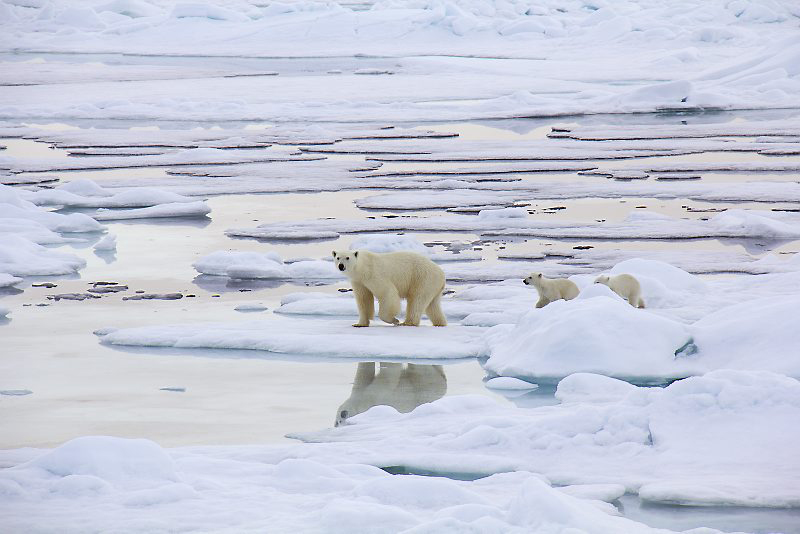Hazardous substances accumulate in the food chain and top-level predators such as polar bear and seals may be exposed to very high levels of pollution. The levels of mercury and cadmium registered in some sea-birds and mammals are high enough to be injurious to health if they are eaten by people or animals. High levels of hazardous substances have been registered at a number of locations along the Norwegian coast. The Norwegian Food Safety Authority therefore advises against the consumption of seafood from these fjords.
Hazardous substances can lead to deformities in marine organisms or reduce their reproductive capacity, and thus alter the distribution of species. One example is tributyltin (TBT) which has had adverse effects on dogwhelks(Nucella lapillus). Both along the Norwegian coast and in other countries scientists have found female dogwhelks that have developed male sexual organs. This phenomenon is called imposex and results in sterility.
